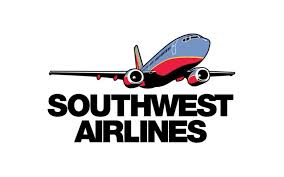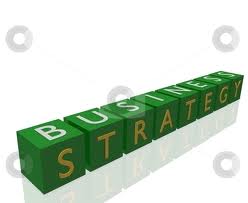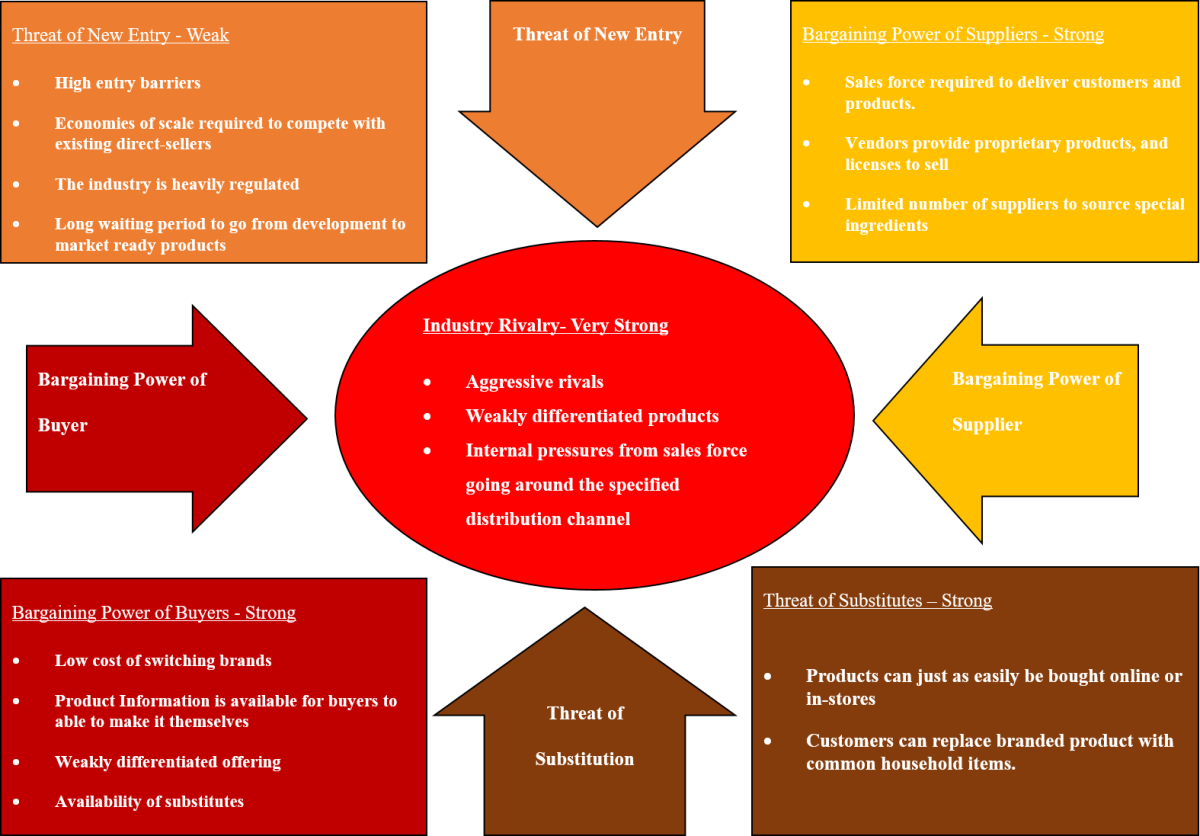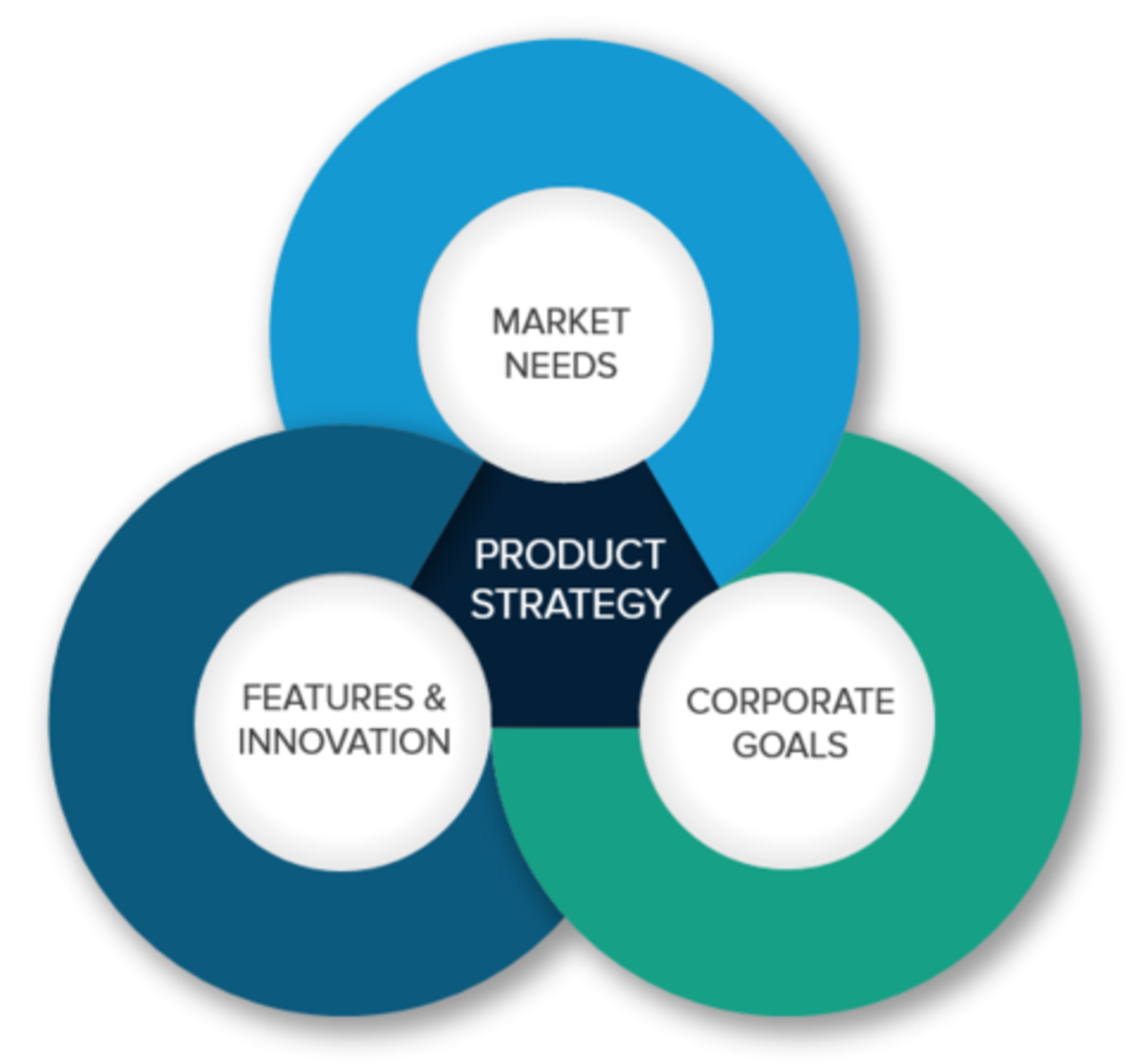Business Strategy: Aiming for a Competitive Advantage Over Rivals

Creating a Business Strategy
Management must take the following steps:
1. Analyze the company’s status to look for ways to improve in terms of:
- Current budget
- Competition’s standing
- Any technology changes
- Industry changes
2. Examine future objectives based on the company’s vision to see about improvements.
3. Management should determine how to achieve the improvements that need to be made.

EXAMPLE

Google – A Successful Search Engine that Outshines the Competition
(1) Where are we now? The number of Internet users has increased over the past few years, advertising is succeeding, search-based ads are becoming very effective, the company is becoming a worldwide leader in Internet and mobile search advertising because of customers’ faith in the search engine, the company is trusted by its users, and the most popular feature is its capability to retrieve highly relevant results to queries.
(2) Where are we going next? The company must pay close attention to changes in the market, continuous advertising changes, and avoiding being closed-minded. It’s a continual challenge to remain competitive, but if Google does not stay on top of the game, they will lose the battle in the end.
(3) How are we going to get there? Continue to show the more relevant results when users utilize the search engine. Launch and continuously update an Android operating system for mobile phones. Increase its share of banner ads and video ads.

Strategy Issues that May Need to be Changed
Industry factors
| Changes in the company's products or services
| Competition
|
New valuable resources
| Changes in the company’s resources
| Financial changes in the company
|

Learning from the Competition: Example - Google
Google’s main competition is Yahoo! and Microsoft Online Services. Bing is slowly making progress too. Some of the things Yahoo! had developed were strategic partnerships, banner ads, subscription fees, and strategic alliances. Microsoft had the following features: banner ads, subscription fees, semantic search technology, cloud computing, SkyDrive, and Azure. Any of these items that Google does not currently have, it can implement by copying the competition. Competition can give companies great ideas on how to improve their businesses.

A Sustainable Competitive Advantage
A sustainable competitive advantage keeps customers loyal and away from the competition. There are four strategic approaches that help a company maintain a sustainable competitive advantage.
1. A Differentiation Based Advantage

This strategy involves improving a company’s products or services or adding additional benefits to their current products or services. This is a great strategy, because customers always want to purchase the products they love, especially when new features are added. The only disadvantage to this strategy is that the company must constantly work on improving their products or services through research and development. This increases the company’s costs in materials and labor. However, if the company’s profits go up because of their improvements, the increased profits may outweigh the additional costs. This is something that management must evaluate in order to determine if this strategy is the best one for the company.
2. A Cost Based Advantage

Often customers are looking for the best price for products or services. This strategy focuses on charging the lowest price, outdoing the competition in the price charged to the customer, and thus, increasing the company’s low-cost customer base. In order to charge low prices, companies may have to decrease the quality of their products or services. This could possibly decrease the company’s customer base if the customers are dissatisfied. Management should decide if it is worth it to lose a small or large amount of customers due to poor quality or gain a small or large amount of customers due to the lower prices. Another aspect management must consider is profit. Charging a lower price will lower the dollar amount it receives from the customers. A budget and forecast should be evaluated. Management should carefully examine the pros and cons of this strategy before implementing it.
3. A Creation of Products and Services that the Competition cannot Duplicate

Creating products or services that the competition cannot match, copy, or enhance gives companies a great competitive advantage. They are able to offer their customers items that the customers cannot find elsewhere. Competition can almost always match, copy, or enhance products eventually. The key is to develop products and services that are very difficult to duplicate. For example, a company may want to invest in high-quality, expensive employees who can make big improvements that cannot easily be duplicated. A company may also want to invest in specialized equipment or machinery that the competition does not readily know about. A creative company can outshine the competition without letting on to how it makes its products and services. If customers find the products to be valuable enough to them, even if the competition comes up with a similar product, the customers may want to stick with the original. This is a great strategy for getting ahead of the competition and gaining that sustainable competitive advantage. However, it can be expensive, time-consuming, and difficult. Management should weigh the pros and cons of this strategy before deciding if this is the one they wish to use.
4. A Narrow Market Niche in an Industry

Some companies wish to stay in their industry, but also wish to narrow their focus down to one category. Often, they can sell their products cheaper; customers are familiar with their brand name. This brings the company popularity, and the opportunity to expand on its products or services easily since the focus is very narrow. Customers are more likely to stay loyal to a brand they recognize and a brand they know is an expert in the product or service they wish to purchase. This strategy takes a lot of brainstorming, because there is not much to improve upon since the products or services are limited. In order to continue to sell its products and services, a company must always strive to improve what it offers. If a company believes it can succeed in selling one product in one industry, it should brainstorm ways to improve the products or services in the future to ensure they can continue to succeed. If a company is unsure if it can sell one product or service in one industry, it may want to start with several products or services, and see which one sells the best. Marketing and management meet together in order to make sure they are using the best method if they chose this strategy.
Making Sure You Pick a Winning Strategy

First, you must make sure that the strategy is a good fit for the company’s needs. These needs must be identified before you can do this. A company needs to examine its external environment, its internal environment, the competition, and the amount of resources and capabilities the company has access to. Second, if the strategy is a great strategic fit for the company, the company must determine if the sustainable competitive advantage strategy is achieving its objectives, such as a competitive advantage over its rivals and long lasting superior performance. Third, the chosen strategy must be one that management can sustain. The management staff must be ready for the chosen strategy by having strategic thinking, strategic altering, and strategic executing. If the management staff is not prepared for these items, another strategy should be chosen. Finally and obviously, the strategy must produce good financial performance for the company. This financial success should bring about profitability, financial strength, and a competitive edge.*
EXAMPLE

- Southwest Airlines | Book Flights, Airline Tickets, Airfare
Official Southwest Airlines website, the only place to find Southwest Airlines fares online. Book lowest airfare deals, view flight schedules, get flight status, and book rental cars and hotels.
Rival airlines in Texas pulled every string they could to block Southwest Airlines from commencing operation, precipitating a contentious four year parade of legal and regulatory proceedings. The other airlines were attempting to use superior economic power to squeeze them dry so they would go bankrupt before Southwest Airlines even got into business.
The major rivals of Southwest Airlines lowered their fares to only three dollars more than Southwest Airlines, which affected the great strategy Southwest Airlines was having with its discount fare strategy. The competition also began giving out complimentary drinks. Another battle began when Southwest Airlines refused to move its flights from Dallas Love Field to the newly opened Dallas Fort-Worth Regional Airport.
The owner of Southwest Airlines was very well-known for his combativeness, especially when it came to beating back competitors. He loved battles, never got tired of fighting, and strived very hard to come up with the best strategy for the Airline. He wanted to win!

Summary
An ideal business strategy attracts new customers, helps the business perform effectively and efficiently, and reaches performance targets. In order to create a business strategy, a company must ask (1) Where are we now? (financially, competitive, technologically, and industry focused), (2) Where are we going? (improvements, vision, and objectives), and (3) How will we achieve our strategy? (consider rivals, the industry, growth opportunities, and objectives). Strategy issues that may need to be addressed include the industry, product changes, the competition, financial changes, changes in assets, and valuable resources. Choosing the right sustainable competitive advantage can keep your customers loyal. The four strategies are (1) Differentiation Based Advantage (improve products and services), (2) Cost Based Advantage (a lower cost than the competition), (3) Preventing Duplicates (making sure customers cannot find your products or services elsewhere), and Narrow Market Niche (narrow focus to one category in one industry). To make sure you chose a winning strategy, make sure the strategy is a good fit for the company, is long lasting, is a strategy that management can sustain, and is producing good financial performance.
Citation
*Gamble, J. E. & Thompson, A. A. Essentials of Strategic Management. Second Edition. 2011. New York: McGraw-Hill Irwin. Textbook.
Review
view quiz statisticsBusiness Strategy Resources
Helpful Hubs on Business Strategy
- Business Strategy: Is the First to Move the First to Score?
This article discusses some of the factors involved whether a first-mover advantage exists, the size of the advantage, and the outcomes involved. - Business Strategy: The Three Generic Strategies
This article examines the three generic strategies discovered by Michael Porter. Each firm should adopt one of these strategies to provide sustained profitability. - Business Strategy: The Three Management Layers
This article discusses the three levels of strategy that a business should develop. It also discusses who and what is involved at each level. - Business Strategy: The Five Competitive Forces
This article examines Michael Porter's five forces model. Each of the forces is discussed with regard to characteristics that increase competition in an industry. - Business Strategy: A Closer Look At the Differentiation Strategy
Differentiation strategy is paramount for most businesses. This article looks into differentiation as a strategy and some of the ramifications.







